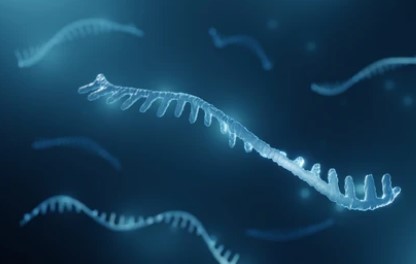
MicroRNAs, also known as miRNAs, are a class of small endogenous non-coding single-stranded RNAs of about 21-25 nt in size that are widely found in plants and animals. miRNAs are mainly responsible for regulating the expression of post-transcriptional genes in plants and play an important regulatory role in development, growth, and stress response. In recent years, the use of bioinformatic methods to predict and analyze miRNAs has become a hot research topic in molecular biology.
Lifeasible specializes in plant bioinformatics analysis services and has provided many successful, related services to clients worldwide. Given our extensive experience and professional team, we guarantee our clients a highly accurate bioinformatics prediction and analysis service for plant miRNAs.
We mainly use the highly conserved nature of miRNAs in plants and the secondary structure features of their precursors to select candidate sequences by designing screening criteria and establishing a scoring system using a specific algorithm. The flow of the prediction and analysis service is as follows.
As miRNAs in plants are highly conserved in sequence, we can download known miRNAs with high homology to the species to be analyzed from the miRBase database as templates for analysis. For plant species for which data are not readily available, we obtain miRNA sequences by high-throughput sequencing.
Download the transcriptome sequences and annotation information for the plants to be analyzed from GitHub.
We usually use structure prediction and analysis software such as RNAhybrid, RNAfold, Mfold, and psRobot to screen the retained sequences and obtain candidate miRNA sequences and their miRNA precursor sequences.
The screening criteria are as follows:
(1) The miRNA precursor can be folded into a hairpin structure.
(2) The mature miRNA is located on the same arm as the known miRNA of the same family.
(3) The secondary structure of the miRNA precursor must have a higher absolute value of minimal folding free energy (MFE) and a higher minimal folding free energy index (MFEI).
(4) The number of base mismatches of miRNA is less than or equal to 4, without gaps or larger loops.
The near-perfect complementarity between plant miRNA sequences and target genes makes predicting target genes relatively easy. We use biological software such as PatScan, miRU, miRNAassist, psRNAtarget, TargetAlign, TargetFinder, psRobot, and others to predict miRNA target genes.
| Species | Amounts of Precursors miRNA | Amounts of Mature miRNA |
|---|---|---|
| Physcomitrella patens | 229 | 280 |
| Arabidopsis lyrata | 201 | 375 |
| Arabidopsis thaliana | 291 | 328 |
| Glycine max | 362 | 395 |
| Medicago truncatula | 635 | 674 |
| Populus trichocarpa | 234 | 237 |
| Vitis vinifera | 163 | 186 |
| Brachypodium distachyon | 142 | 146 |
| Oryza sativa | 581 | 661 |
| Sorghum bicolor | 171 | 172 |
| Zea mays | 172 | 321 |

Lifeasible makes every effort to provide our clients with advanced and affordable bioinformatics prediction and analysis solutions for plant microRNAs. If you require further information, please contact us directly; we are online 24/7.
Lifeasible has established a one-stop service platform for plants. In addition to obtaining customized solutions for plant genetic engineering, customers can also conduct follow-up analysis and research on plants through our analysis platform. The analytical services we provide include but are not limited to the following:
STU-CRISPR System Improves Plant Genome Editing Efficiency
April 19, 2024
Application of Exosomes in Facial Beauty
April 12, 2024